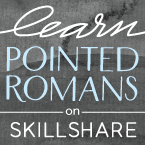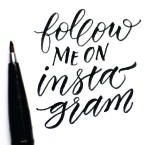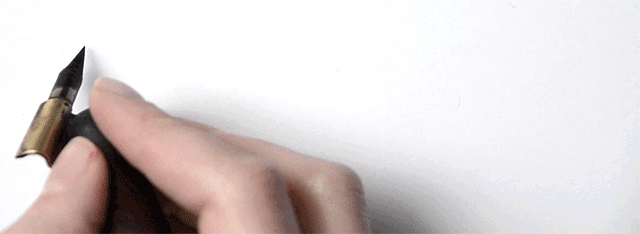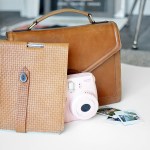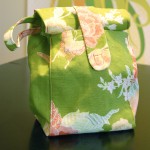Hey friends!! Welcome here. I’ve got 3 upcoming workshops this summer (more in the works, fingers crossed). I hope to see you there!
Beginning Brush Lettering Workshop | DRAPER, UT | JULY 19
Learn brush lettering based on more traditional foundations and how to manipulate those foundations to write some funky letters! All skill levels welcome, but it is geared more toward beginners. Lefties welcome!
Penmanship Workshop | PROVO, UT | AUGUST 16
Learn the art of beautiful penmanship and how to harness your own style to tell your story. This is perfect for beginners, lefties and future brides! We’ll go through foundations, style and how to address an envelope.
2-Day Brush Lettering/Digitization Intensive | NASHVILLE, TN | AUG 25-26
Join me in Nashville for a whole lot of fun with a 2-day lettering intensive with the pointed brush. We’ll dig deeper than in any other class in the two days. We’ll go letter-by-letter through variant options, work on word and compositional structure and style structure. At the end of the class, we’ll work on the beginning essentials of digitization by making our own personalized stamps with our artwork. All skill levels welcome.
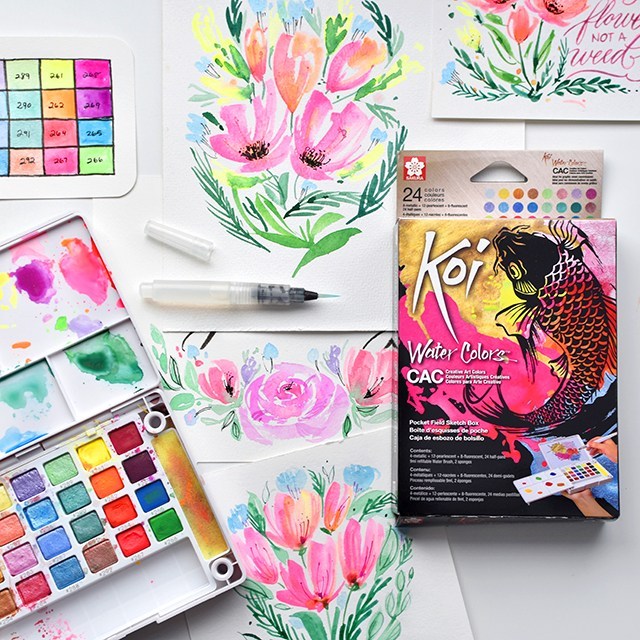
I hope I can see you at one of the above workshops this summer. We always have a blast and I try to pack as much information as possible so you leave the workshop motivated, empowered and ready to continue your calligraphy journey.
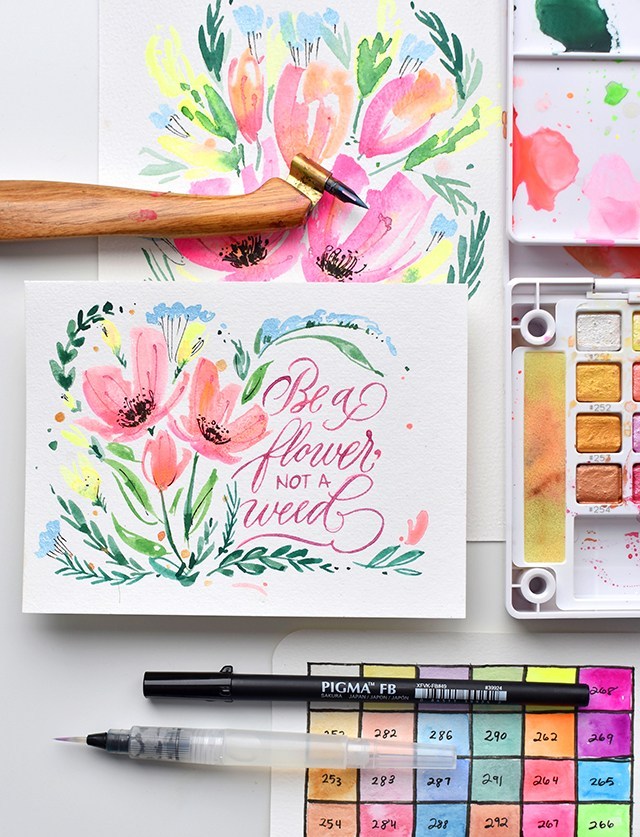
Sakura sent me their BRAND-NEW CAC (Creative Art Colors) 24 pan watercolor set to play around with. It’s just like their regular 24 pan field sketch set, but with nothing but neons, metallics and pearlescent colors. Uhhhhhhmmmmmmm yes please! I love how bright these pigments are and it’s a real pity that they’re not captured fully with these photos. The colors just JUMP off the page. So I made a review video (above). Give it a watch or you can scroll down below to see the pros and cons list:
Pros:
- SUUUPER bright pigments
- Smooth blending (even with regular colors)
- Zero chalkiness
- Portable size palette
- Generous wells for mixing pigments
- Shimmery pearlescents
Cons:
- Student grade
- Not lightfast
- Metallics not opaque
I feel like I need to give explanation to the cons. It’s a bummer they’re student grade and not artist or professional grade, but they out-perform any student grade pigments I have in my studio as if they were artist grade. So bummer, but not a deal breaker.
The neons especially aren’t lightfast at all. But you’re not going to find light-fast neons anyway. Just be aware that they’re not lightfast so you’re not displaying your work where it gets direct sunlight.
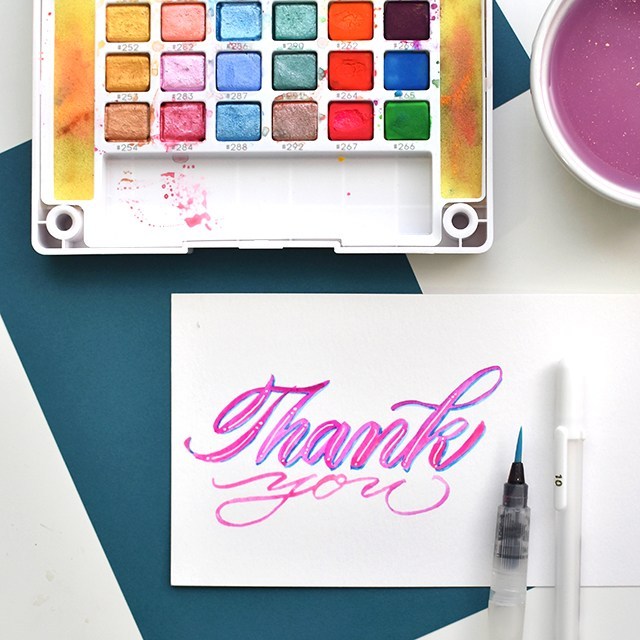
I personally like more opaque metallics. Don’t get me wrong, these metallics are beautiful, but if you’re going to try and do fine linework like use the pointed pen with the metallics, you’re not going to get the opacity you need to get the metallic to jump off the page. You’ll want to switch over to the pearlescent pigments for pointed pen linework. The pearlescents have watercolor pigment and metallic in them so the pigment soaks into the page while the metallic shimmers at the top of the page. It’s lovely.
Overall: I really love these watercolors! They’re really great! I hope you give them a try some time.
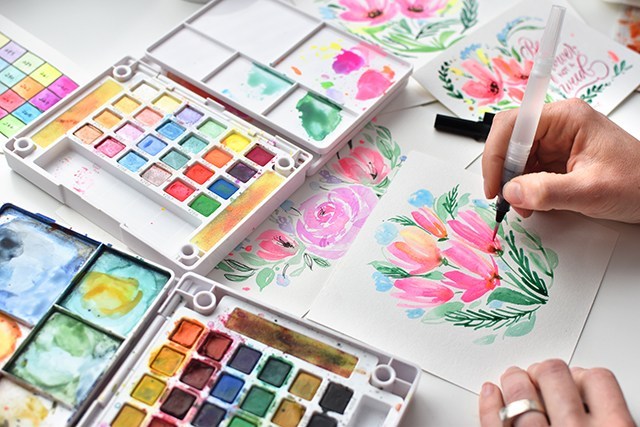
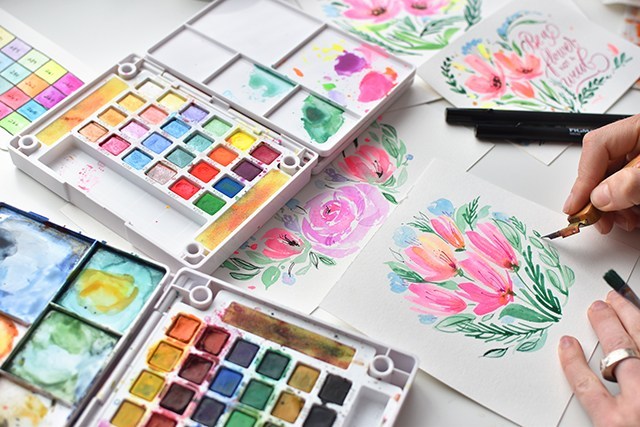
I’ve been using the medium waterbrush that came with the kit, but then also adding in fun details with the Gillott 404 to bring in those finer details. It’s a lot of fun to bridge the gap of brush lettering and pointed pen modern calligraphy with this neon set. Overall, I’m a fan.
Sakura of America provided me with the materials for this review. All opinions are my own. Affiliate links are used, your support by purchasing through these links supports more content like this!

